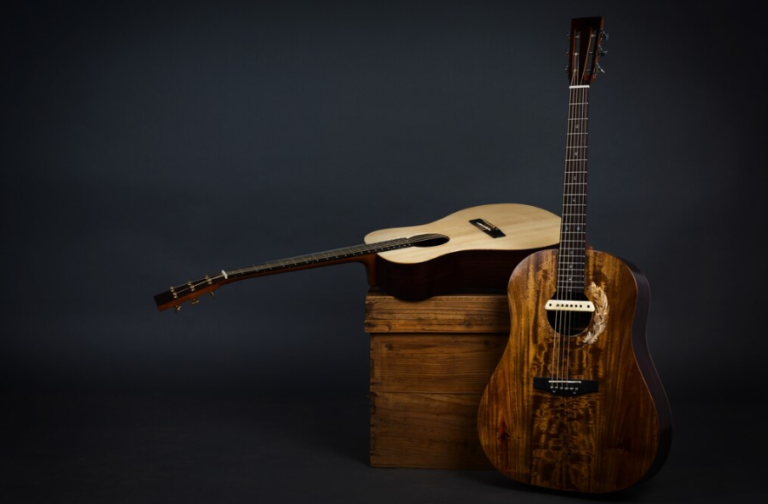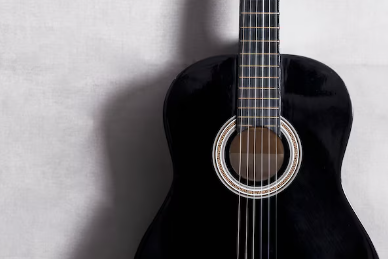How To Play The C Minor Pentatonic Scale Correctly

The pentatonic scale, meaning “five tones,” is a foundational element in music, offering a simplified yet profoundly expressive palette for improvisation and melody construction.
In this blog, we focus on the C minor pentatonic scale, a versatile and commonly used scale in genres ranging from blues and rock to jazz and beyond. Whether you’re a beginner aiming to navigate your first solos or an experienced player looking to deepen your improvisational skills, understanding this scale is pivotal.
What is the C Minor Pentatonic Scale?
The C minor pentatonic scale consists of five notes per octave, making it less complex than the standard minor scale. The notes in this scale are:
- C** (the root note)
- E♭** (the minor third)
- F** (the fourth)
- G** (the fifth)
- B♭** (the minor seventh)
This arrangement of notes produces a moody, soulful sound that is characteristic of many musical styles.
Playing the C Minor Pentatonic Scale on Guitar
To begin playing the C minor pentatonic scale on your guitar, you’ll want to learn the scale pattern. Here’s a basic finger position guide:
Position 8

- (Root on the 6th string): Start with your index finger on the 8th fret of the 6th string (C note). Here’s the fingering for this position:
- 8th fret, 6th string
- 11th fret, 6th string (E♭)
- 8th fret, 5th string (F)
- 10th fret, 5th string (G)
- 8th fret, 4th string (B♭)
- 10th fret, 4th string (C)
- Continue this pattern across all strings.
Practical Applications
- Improvisation: The C minor pentatonic is a favorite among guitarists for soloing because it sounds great over a variety of chord progressions and styles, particularly in blues and rock settings.
- Creating Riffs: Many iconic riffs are built around pentatonic scales. Experiment with the intervals and rhythms to craft catchy riffs.
- Developing Finger Dexterity and Speed: Practicing scales is an excellent way to improve your technical skills on the guitar.
Tips for Mastery
- Practice Slowly: Start slowly to ensure accuracy in finger placement and picking.
- Use a Metronome: Gradually increase the tempo as you become more comfortable.
- Play Along with Tracks: Playing along with backing tracks can help you understand how the scale fits within different musical contexts.
To wrap up, the C minor pentatonic scale is a gateway to expressive guitar playing. It’s straightforward yet powerful, providing a solid foundation for solos and improvisations. Spend time mastering this scale, and you’ll find it a reliable tool in your musical arsenal.
Remember, the key to proficiency is consistent practice. Happy playing!
If you’re interested in learning an instrument, at Real Brave, we offer an incredible experience like no other place in music lessons for kids and adults by guiding them from the beginning stages of getting to know an instrument all the way through performing for family and friends on stage. Our instructors come from all over the world, bringing extensive experience on a wide range of instruments. Click below and book a free lesson with us!
Author: Daniel Powers Jr, the founder of Real Brave™, serves as the chief inspiration to thousands of students in the Real Brave music instruction program. He’s also the visionary behind PracticePad™, an online platform for live one-on-one online music lessons, lesson tracking, and scheduling. Beyond his entrepreneurial pursuits, Daniel leads a non-profit organization that provides formerly homeless children with access to music education, making a profound impact on their lives. His unwavering dedication to music, innovation, and education continues to inspire individuals to reach their fullest potential while creating positive change in communities. Follow Real Brave on all the socials:
youtube.com/@realbraveinc
twitter.com/realbraveinc
https://www.tiktok.com/@realbraveinc
instagram.com/realbraveaudio
facebook.com/realbraveinc






